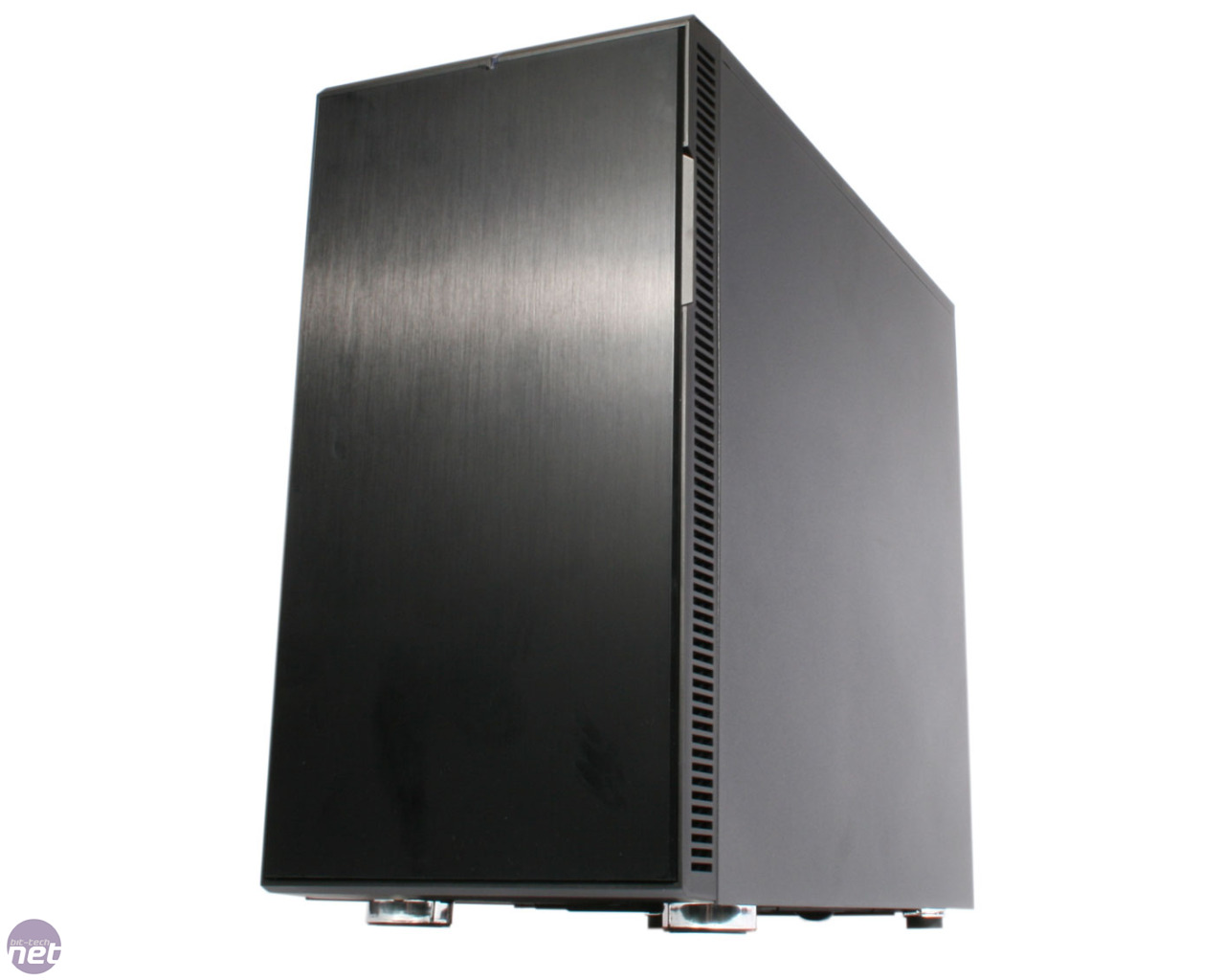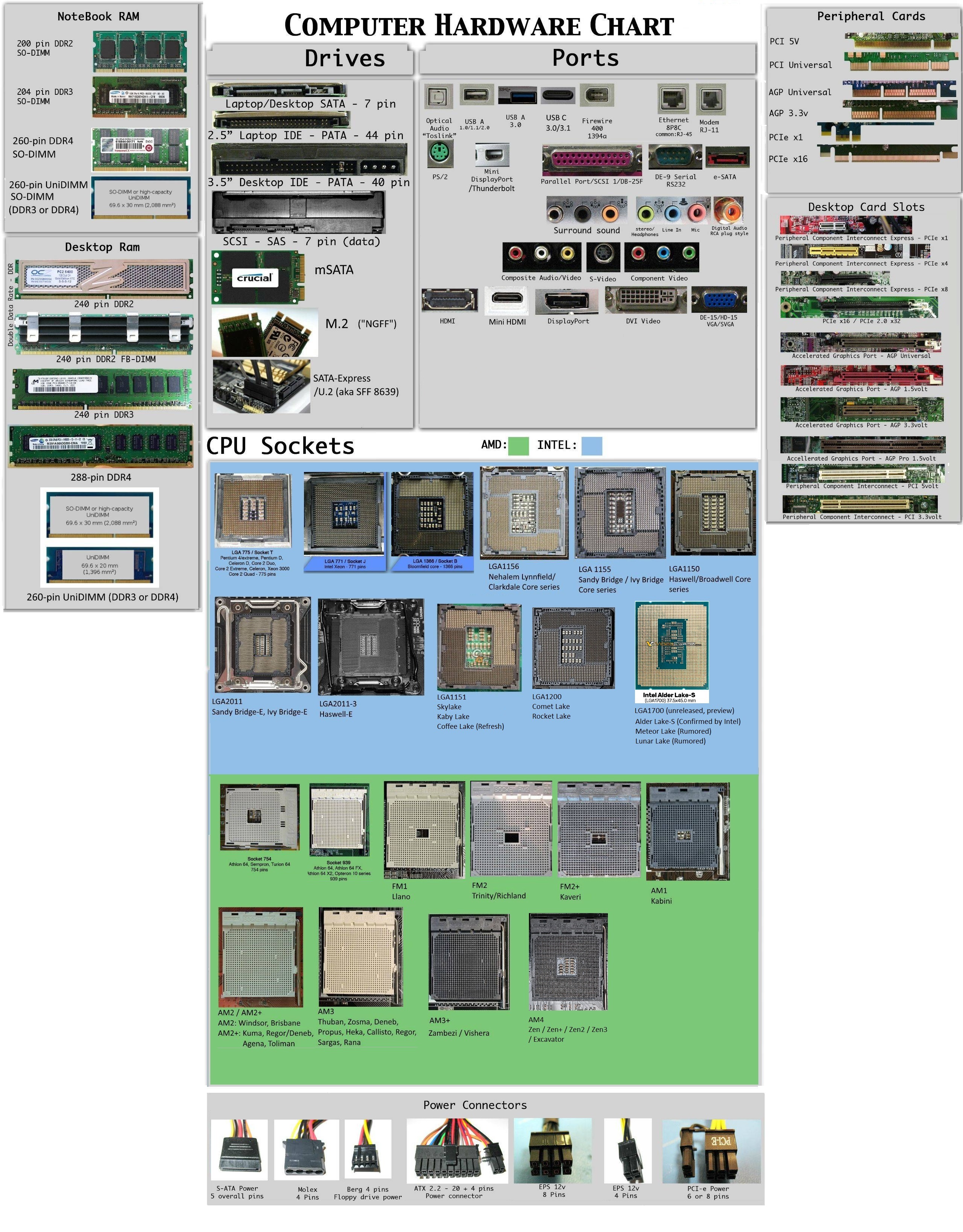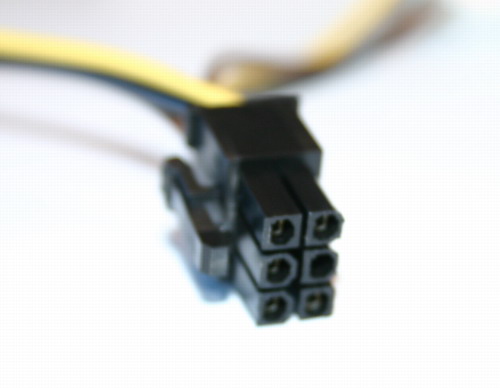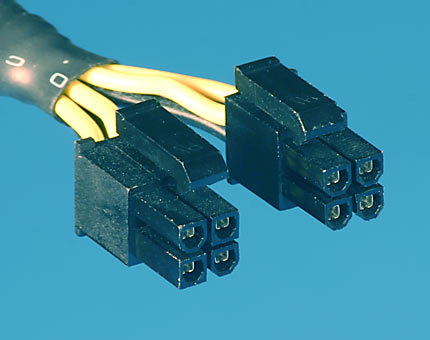hello friends! new(ish)!
Build a PC
Building a desktop
Building your own desktop allows for greater customisation and control. It's worth it even though it's harder.
Some common issues when building your PC
- Use standoffs under the motherboard mounting holes!
- Read the manual that came with your motherboard.
- Plug in all the power connectors. Don't forget the 4/8 pin connector on the motherboard!
- Make sure to turn on the power switch on the back of the power supply, if it exists.
- If you have a graphics card, connect your monitor to your graphics card and NOT to the motherboard.
- Spread thermal paste however you feel like, use about half a pea size amount, if using the stock heatsink don't touch the preapplied stuff.
- Install the CPU heatsink before putting the motherboard into the case, unless it's a water cooling setup.
- The CPU socket lever on Intel motherboards will be hard to push down and feel like it's taking too much force. That's normal.
Safety considerations
Naturally you want to stay alive, and make sure your components are always working. Take a look into an antistatic wrist strap, or at least keep one hand on some metal which is grounded if you can't afford a wrist strap. This will prevent static electricity from damaging your parts, or you. You should also make sure everything is turned off and unplugged from your house's mains power supply if you are working on it.
Also, do not ever open up a CRT monitor; they store voltages in their capacitors that can be lethal. Yes, even when turned off and unplugged.
Power supplies
For more details, refer to the Power supply article.
Common power connectors and their usage
| 4-pin molex | 6-pin PCI-E | 6+2-pin PCI-E | 20+4-pin ATX | 4+4-pin ATX12V/EPS | 15-pin SATA | 4-pin Berg |
|---|---|---|---|---|---|---|
| Commonly used for fans and older drives. | Used for graphics cards. According to the ATX specification, it should not transmit more than 75W. |
Also used for graphics cards, but can (should) output up to 150W. | Used as the motherboard's main power source. Always plug in both parts. |
Used as the motherboard's secondary power source, but still required for the motherboard to work. When using 8 pins, it's called the EPS connector, but if only using 4 pins, it's ATX12V. |
The Serial ATA power connector is used for hard drives, SSDs and optical drives. | An obsolete connector, used for powering floppy drives. |
PSU Efficiency
The higher the power supply's efficiency is, the less energy it's going to convert to heat, and therefore, run cooler.
The standard for measuring efficiency is 80Plus, requiring tests at 10% (80+ Titanium only), 20%, 50% and 100% of rated load at both 115V and 230V.
Efficiency certifications can also be seen as a 'seal of approval' of a power supply quality, but one still shouldn't buy a PSU from an unreliable manufacturer such as Raptoxx or Diablotek even if it has an 80 Plus certification.
However, 80 Plus Silver and higher-certificated power supplies are almost guaranteed to be of high quality, since it is much harder to achieve Silver efficiency than 'standard' 80 Plus efficiency.
Efficiency level certifications
| 80 Plus test type | 115V internal non-redundant | 230V internal redundant | ||||||
|---|---|---|---|---|---|---|---|---|
| Percentage of rated load | 10% | 20% | 50% | 100% | 10% | 20% | 50% | 100% |
| 80 Plus | 80% | 80% | 80% | |||||
| 80 Plus Bronze | 82% | 85% | 82% | 81% | 85% | 81% | ||
| 80 Plus Silver | 85% | 88% | 85% | 85% | 89% | 85% | ||
| 80 Plus Gold | 87% | 90% | 87% | 88% | 92% | 88% | ||
| 80 Plus Platinum | 90% | 92% | 89% | 90% | 94% | 91% | ||
| 80 Plus Titanium | 90% | 92% | 94% | 90% | 90% | 94% | 96% | 91% |
Fan noise
As I already have mentioned, the higher the efficiency, the lower the fan noise.
However, if you're on a (very) tight budget, you should only buy a PSU with a 120mm or larger fan, since smaller fans are usually noisier since they have to transfer the same amount of air with a smaller blade diameter.
Still, a power supply with a variable-speed 80mm fan is probably going to be quieter (at least in idle) than a PSU with a fixed-speed 120mm fan.
You can check if the unit has a variable-speed fan on the manufacturer's website. (if it exists)
The Seasonic myth
Don't get fooled by the fact that many people on /g/ parrot the fact that only Seasonic makes high-quality power supplies, which is definitely not true.
CWT, FSP, Enermax and Sirtec (and others) make platforms that are as good, or even better than Seasonic's, however, the myth isn't entirely false since Seasonic's platform lineup doesn't have budget models while CWT's does, and they're licensed by many manufacturers who declare them as more powerful than they really are.
Chassis
I'll organize this into tables or something later.
Full-size
placeholder
ATX
Tower
- Premium (>$100): Cooler Master Silencio 652, Corsair 500R, Fractal Design Arc Midi R2, Lian Li PC-V750
- Typical (>$60): Cooler Master N600, Corsair 400R, Fractal Design Core 3000, Fractal Design R4
- Value (<$60): Bitfenix Shinobi, Cooler Master N400, Corsair 300R
Desktop
- Typical (>$60): Cooler Master HAF XB EVO
Micro-ATX
- Premium (>$100): Fractal Design Arc Mini R2
- Value (<$60): Fractal Design Core 1000 USB 3.0
Mini-ITX
placeholder
Tower
- Premium (>$100): EVGA Hadron, Inwin 901, Lian Li C-Q25B&TU200, Silverstone FT03 Mini
- Typical (>$60): Cubitek Mini Cube, Lian Li PC-Q28A
- Value (<$60): Lian Li PC-Q07B
Cube/Desktop
- Premium (<$100): Corsair 250D
- Typical (>$60): Bitfenix Phenom, Cooler Master HAF Stacker 915R&915F, Fractal Design Node 304
- Value (<$60): Antec ISK600, Cooler Master Elite 120 Advanced&Elite 130, Silverstone Sugo SG05&SG06
Ultra SFF
- Premium (>$100): Inwin H-Frame Mini, Lian Li PC-Q11&Q12&Q02
Sound dampening
Fractal's Define and Coolermaster's Silencio series are the most popular sound-dampening cases.
When selecting additional fans for your case (if it needs any), be sure to look at how much noise they produce and how much airflow they provide. Naturally, increased airflow usually means a more powerful fan which produces more noise. You will have to pay a premium for a fan that is both silent and powerful, though the extra cost may be worth it if you need the cooling, and want a quieter system.
 Fractal Design Define R4 |
External Links
- PCPartPicker - Computer component aggregator and comparison tool dedicated to picking out compatible computer components, allowing one to seamlessly create a desktop.
- Logical Increments - Formerly known as the "Falcon Guide", a good starting point to building a computer on a budget, components are grouped by price point.
- ChooseMyPC.net - Cookie cutter PC build generator, also hosts several guides and resources related to builds.







